Top 8 Things to see and do in Safed [2023 Update]
If you want to be transported back to another time, then making a trip to Israel is the way to do it. And after you’ve walked the streets of the Old City of Jerusalem, sunned yourself on white sandy Tel Aviv beaches, explored ancient fortresses in the Judean desert and floated in the Dead Sea, then it’s time to head north.
High up in the Galilee is where you’ll find Safed - perched on a hill, this ancient city is breathtakingly pretty, with a mystical air that is noticeable the moment you arrive. Historically, it was one of the four most sacred cities in the Holy Land (along with Jerusalem, Hebron and Tiberias) and after you’ve spent a day exploring it you’ll understand why.
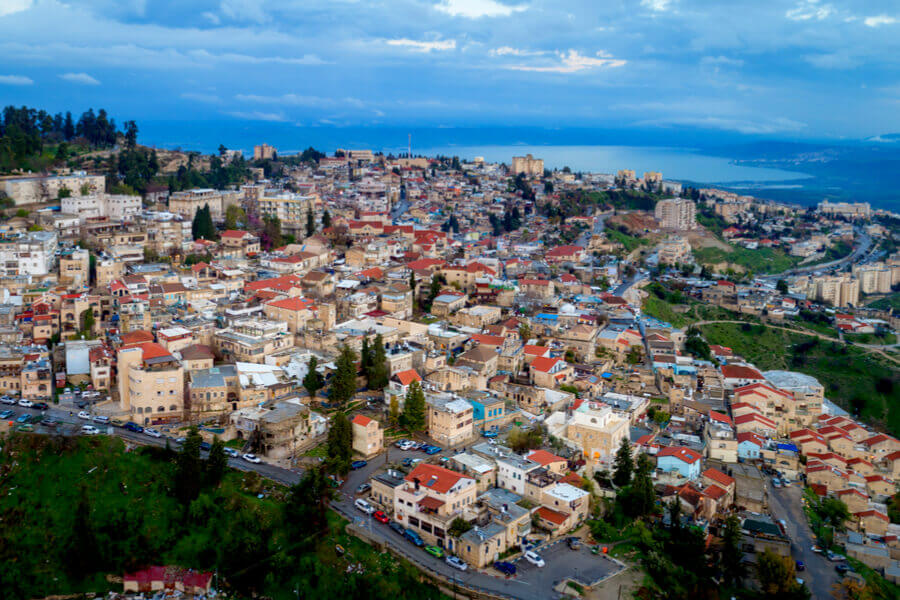 The lovely views of Safed
The lovely views of Safed
Safed is famous for many things - an ancient Citadel, a charming Artist's Quarter, cobblestone streets, narrow alleyways, medieval synagogues but also an air of spirituality - which is intrinsically tied up with kabbalah - an old, esoteric Jewish school of thought, concerning mysticism, the divine realms, and metaphysics.
Even the rooftops of the city are imbued with this ancient tradition - they are blue, which in Kabbalistic philosophy is a color that symbolizes water, and tricks evil spirits into thinking they cannot pass. And the air in Safed - well, some say it’s the purest in the entire land, which is reason enough to make a trip here.
1. The Safed Citadel
The highest point in the highest city in Israel (about 1,000 meters above sea level) the Citadel is at the hub of the city and, in some ways, takes center stage in Safed. A historical landmark, fortresses across Israel (including this) date back to the Second Temple era but the remains today are from Crusader, Mamluk, and Ottoman times.
Archaeologists believe that it once sat on an area of 40 dunams, had seven defensive towers, and fortresses, and survived until 1837 when an earthquake struck and was plundered by locals. Today, it will afford you tremendous views over the Sea of Galilee (the ‘Kinneret’ in Hebrew).
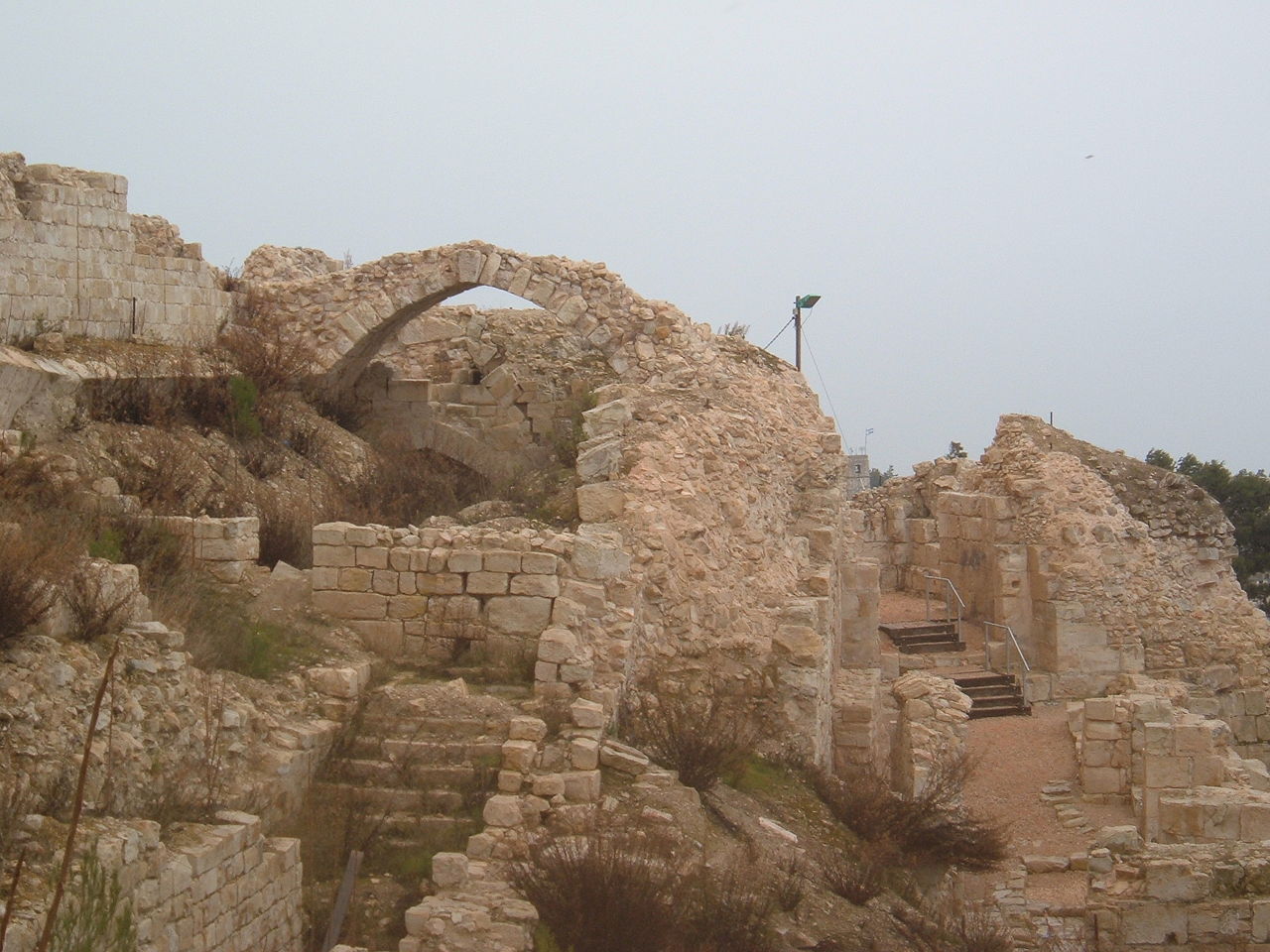 The Safed Citadel
The Safed Citadel
2. Artists' Quarter
There are few things more charming in Israel than a wander through the Artists’ Quarter of Safed. Make sure you have comfy shoes before you set off because you’ll be doing a fair bit of walking - there are plenty of steps, and narrow, winding paths, and do expect to get lost!
The main street itself is always busy, but if you wander off the beaten track, you’ll have an amazing experience. Between the blue doors and nooks and crannies of tiny streets, you’ll find many artists’ studios. Many of them are well-known in Israel and if you’re lucky you’ll actually meet one or two of them, at work inside.
This part of the country is also an excellent place to shop for gifts, and if you’re looking for souvenirs from Israel, there are all kinds of art, sculptures, and Judaica (seder plates, mezuzot, menorot, etc). You really can spend hours watching artists paint, weave and give calligraphy demonstrations. And then, of course, purchase something!
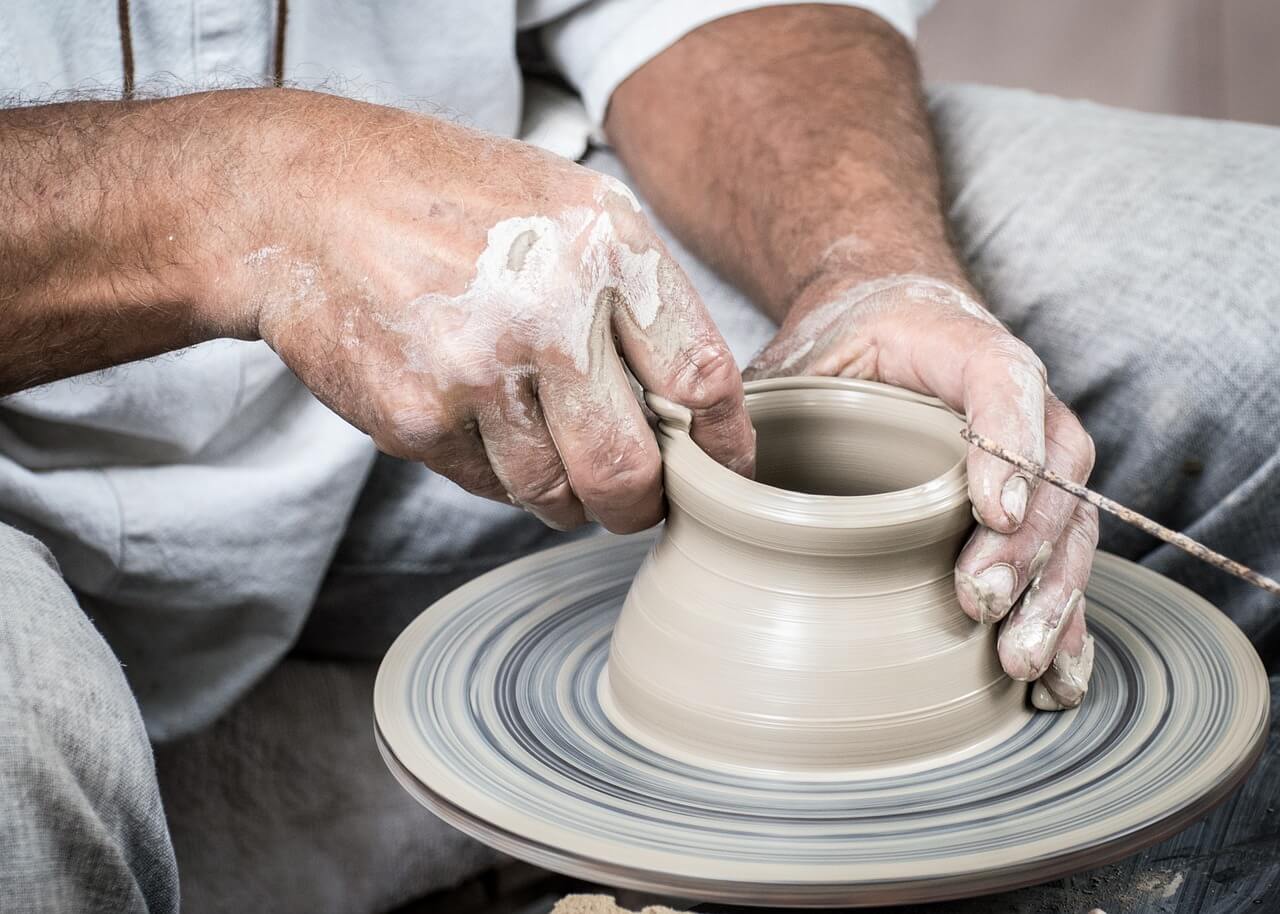 Everything you'll see is an authentic, hand-made creation
Everything you'll see is an authentic, hand-made creation
3. Hameiri House Museum
Dating back to the 16th century, this beautifully-restored stone house is home to clothing, furniture, tools, and a photo archive, all which tell the story of the last 200 years of Jewish history here.
Built by Yehezkel Hameiri (1934-1989), a Safed resident, it’s a museum well worth visiting - don’t forget to go outside either, where within the courtyard you’ll find ancient grapevines and old water wells.
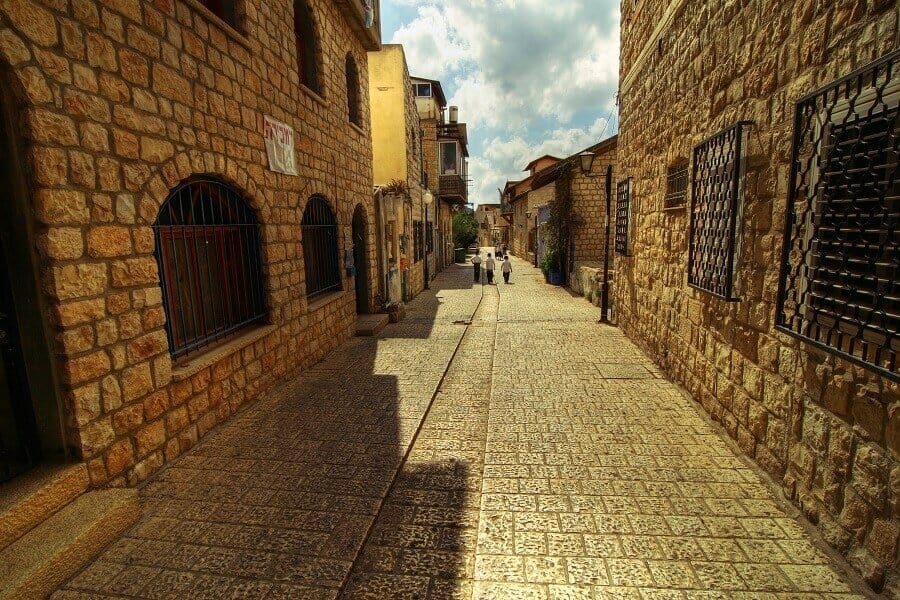 The streets of old Safed
The streets of old Safed
4. Safed Candle Factory
Established almost two decades ago, Safed Candles (located in the Old City) was the brainchild of a local resident who wanted to set up a small business that would help provide employment for locals. Along with fellow workers, he began making candles, which are an integral part of Jewish festivals such as the Sabbath, Hanukkah, etc.
The shop became so popular that today it also sells sculptures in all kinds of designs - including Jewish Stars of David, and the ‘good luck hand’ Hamsa sign - all made of beeswax. Brightly colored and beautifully decorated, it’s the kind of place where everywhere you look, there’s something you want to purchase.
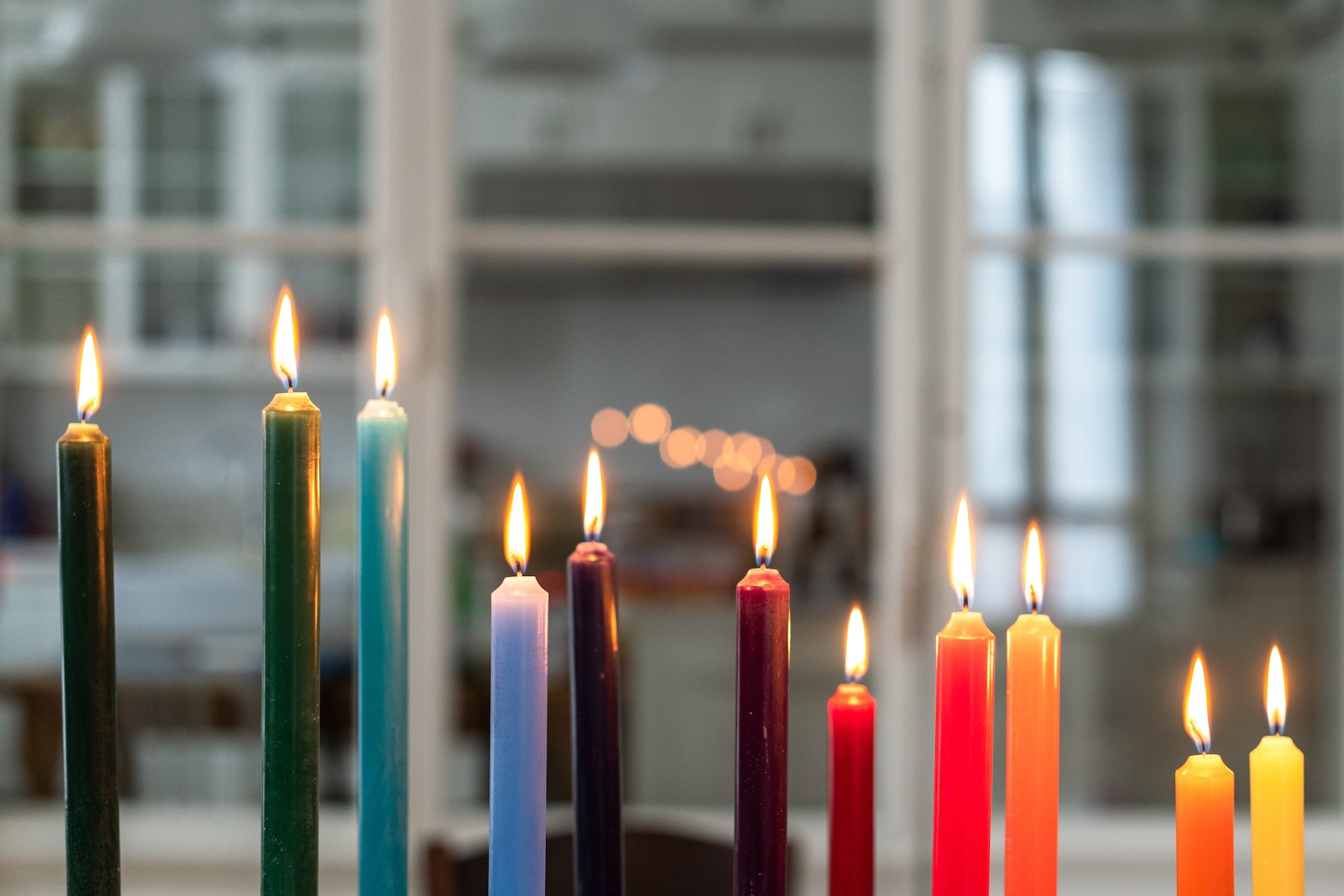 See how candles are made
See how candles are made5. Memorial Museum of the Hungarian-Speaking Jewry
Founded in 1986, the Memorial Museum of the Hungarian Speaking Jerwy is devoted to showcasing the past of Jewish communities in Hungary, Transylvania, Slovakia, Carpathian-Russia, and Backa and looks at the enormous contribution they made to Jewish culture and history.
Jews actually lived in Hungary for more than 1,000 years until the Nazis destroyed their community in 1944. The museum has all kinds of artifacts relating to life pre-war including video and audio recordings, photographs, Judaica, personal memorabilia, and even a model of the Dohany Synagogue in Budapest.
Located below the old city, graves in the ancient Safed cemetery can be traced back to the BCE (Before the Common Era) and as far as 2,800 years ago, to the time of Hosea the Prophet. This alone gives you an indication of how important this city was, historically, for the Jewish people, over the centuries.
Today, people come here from across the world to pray and contemplate, in front of the tombs of famous Rabbis such as Isaac Luria and Rabbi Yosef Caro, who is famous for penning the famous ‘Shulchan Aruch’ (basically the ultimate code of Jewish Law to which orthodox Jews refer).
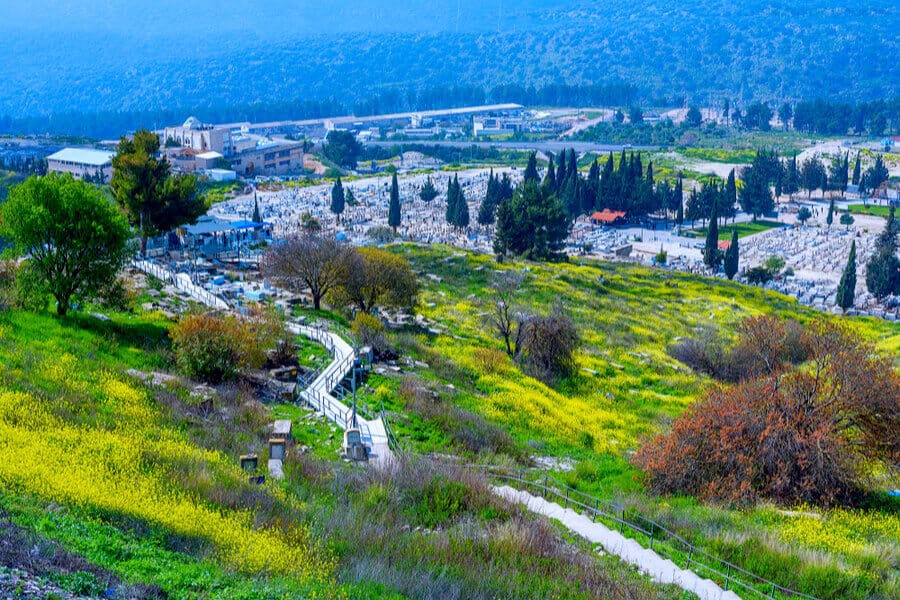 Safed's old cemetery
Safed's old cemetery
7. Ha'Ari Synagogue
Built in the 16th century, this synagogue was founded by Spanish exiles who first moved to Greece and then journeyed onto the Holy Land.
By 1560, Rabbi Isaac Luria (known as ‘Ari’ in Hebrew - initials of "our master rabbi Issac") arrived in Safed and began a tradition of welcoming Shabbat (the Jewish Sabbath) by praying there and then continuing with his followers to a nearby field, where they sang. This, it is said, is where the famous melody ‘Leha Dodi (‘Come my beloved’) was dreamt up.
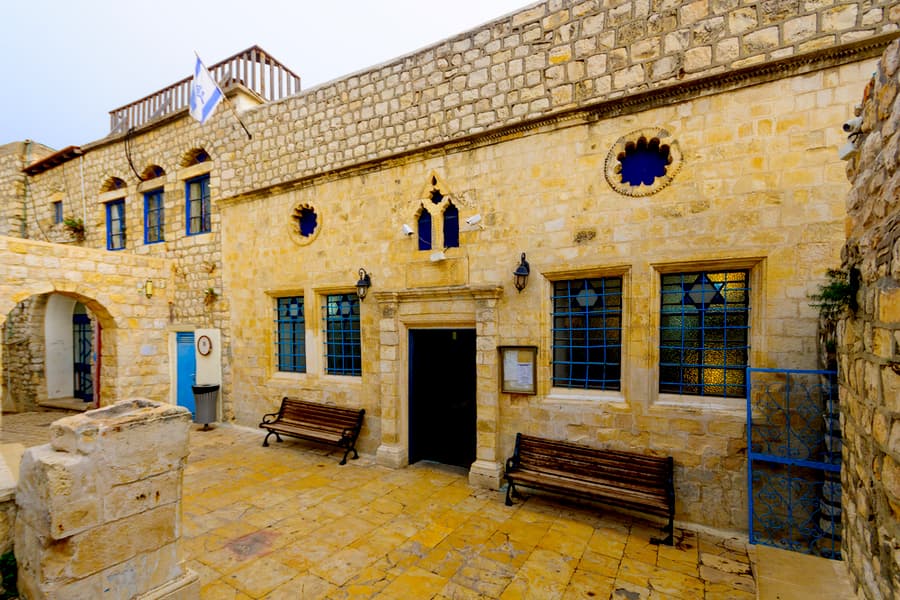 Ha'Ari Synagogue
Ha'Ari Synagogue
8. Abuhav Synagogue
This 15th-century synagogue is named after the Spanish rabbi and kabbalist, Isaac Abuhav. Interestingly, legend states that the Spanish authorities wanted the original synagogue (in Spain) to be converted into a church, but Abuhav clicked his fingers, and - as if by magic - the entire structure appeared in this tiny town.
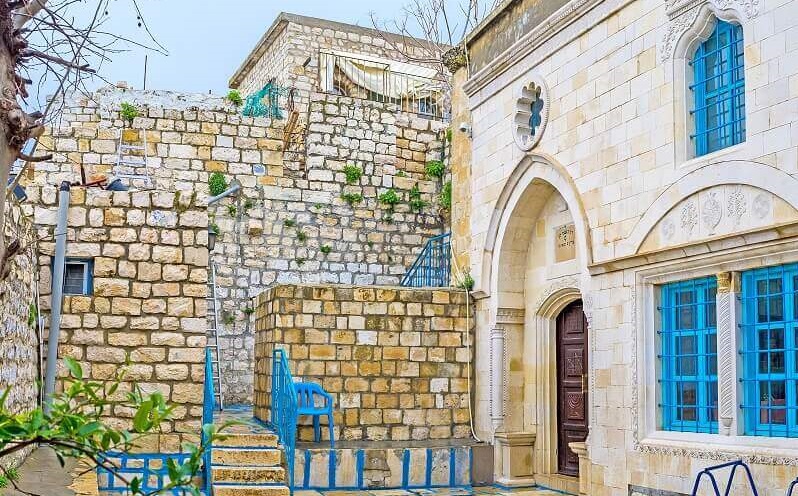 Abuhav Synagogue
Abuhav Synagogue
Planning a trip to the Holy Land? check out these tour packages in northern Israel, and Israel Day Tours (and to Petra, in Jordan) that we offer. Feel free to take a look at our blog, which takes deep dives into every imaginable aspect of Israeli life: from food & drink, sandy beaches, and national parks to ancient fortresses, hiking trails, and galleries & museums.
 Login / Register
Login / Register
 Contact Us
Contact Us
 Certificate of Excellence
Certificate of Excellence Guaranteed Departure
Guaranteed Departure Low Prices Guaranteed
Low Prices Guaranteed 24/7 Support
24/7 Support




